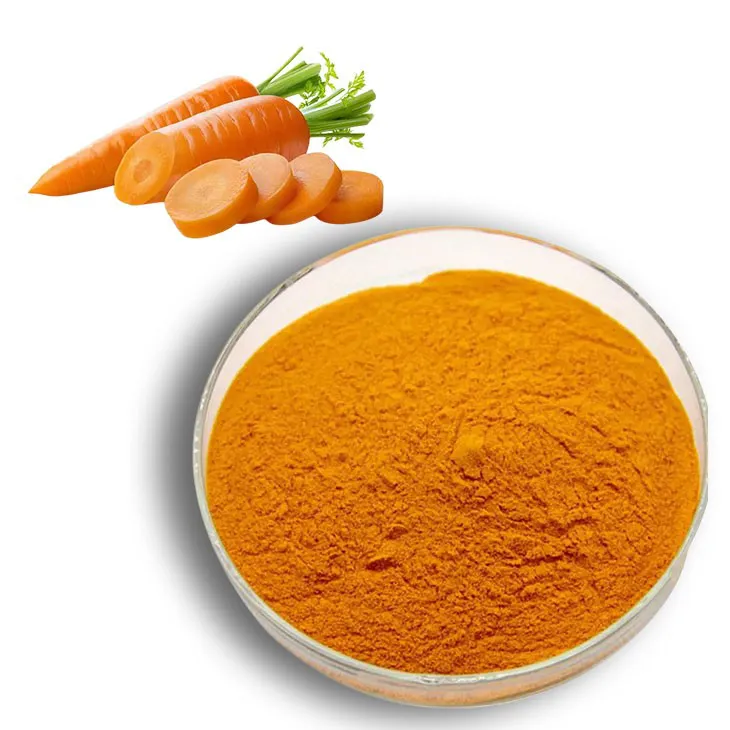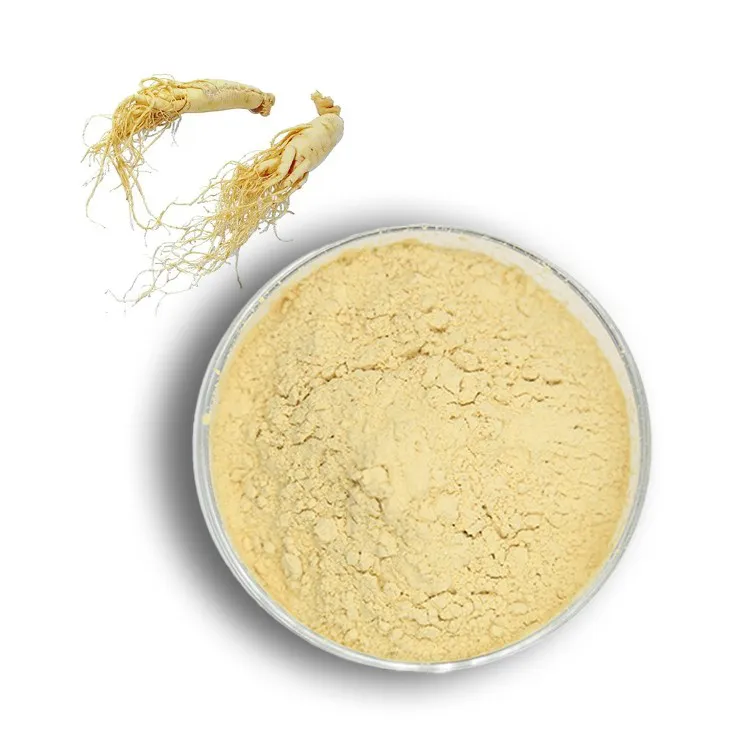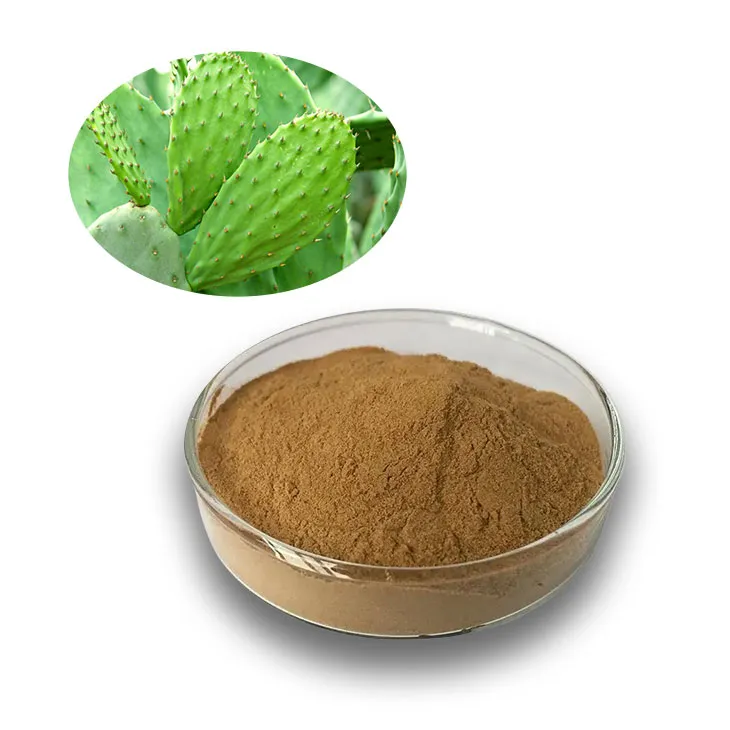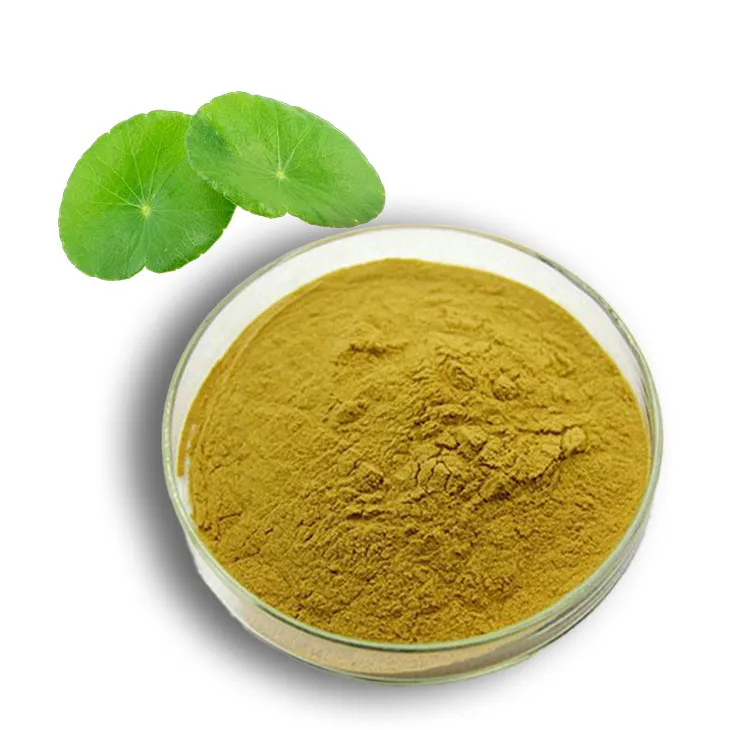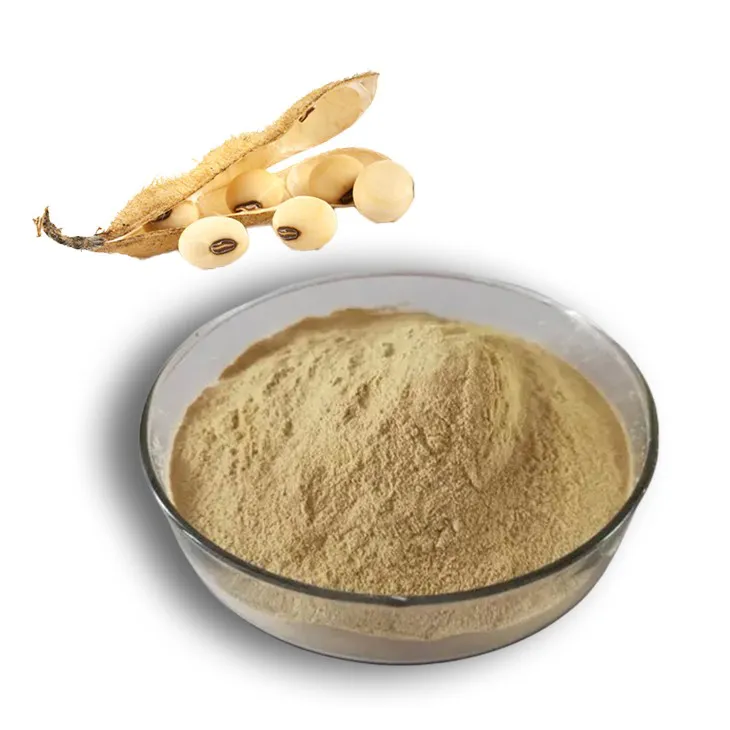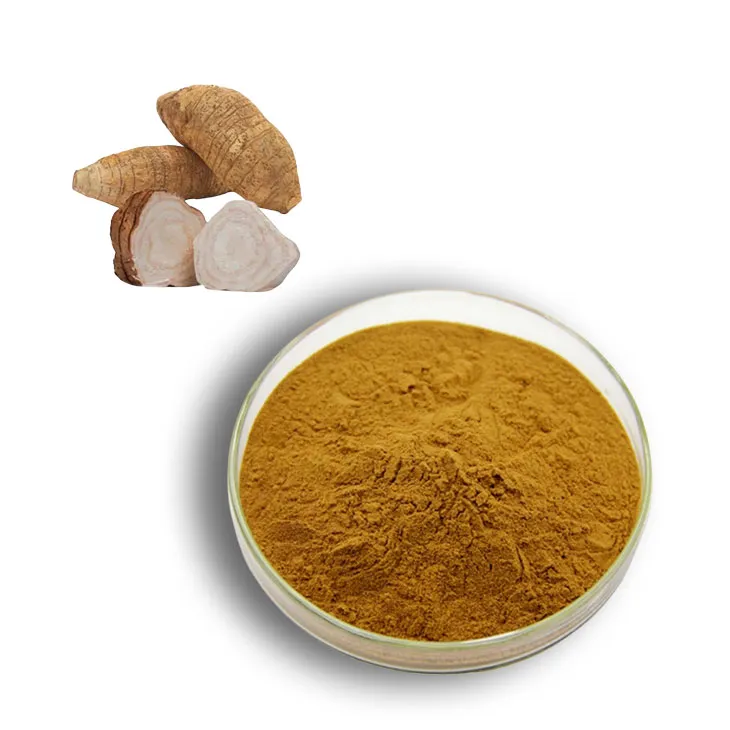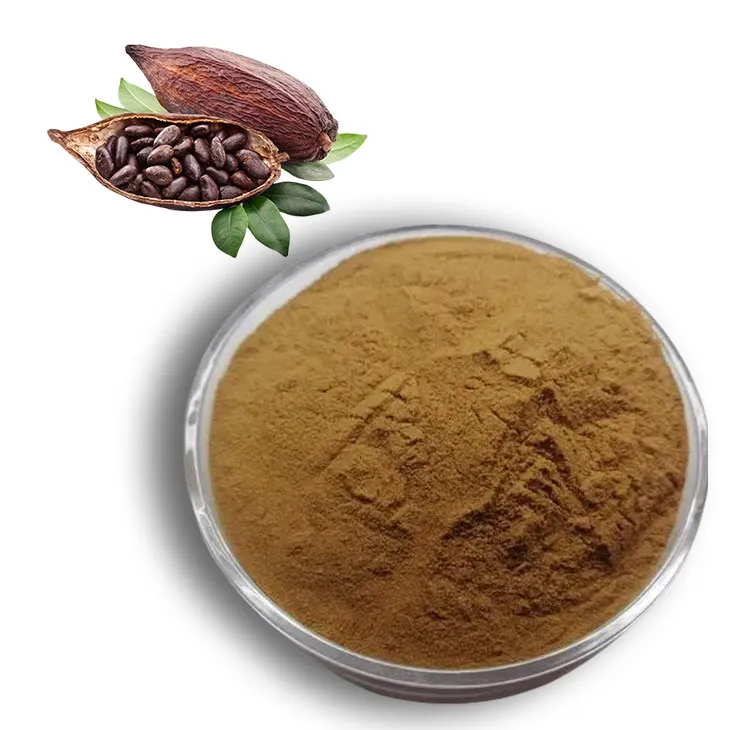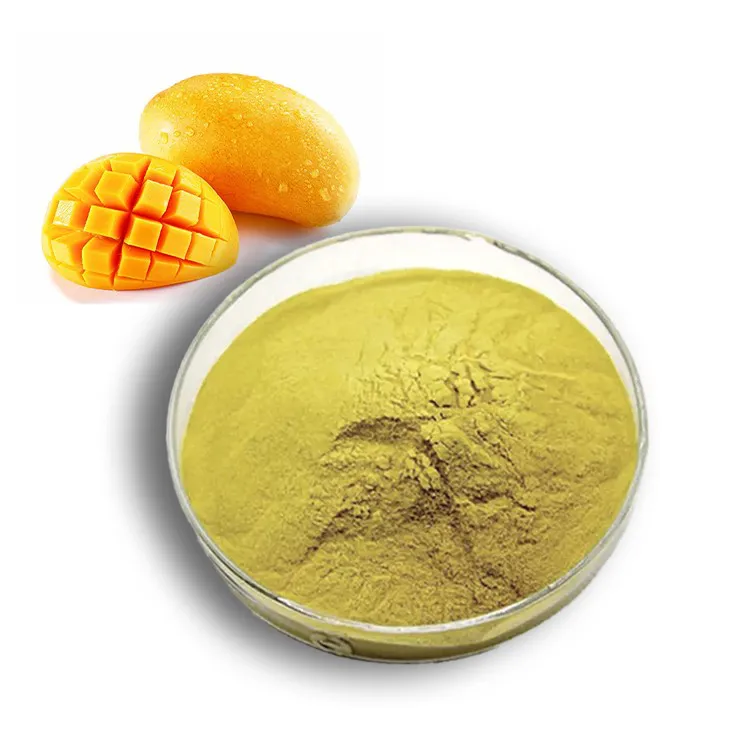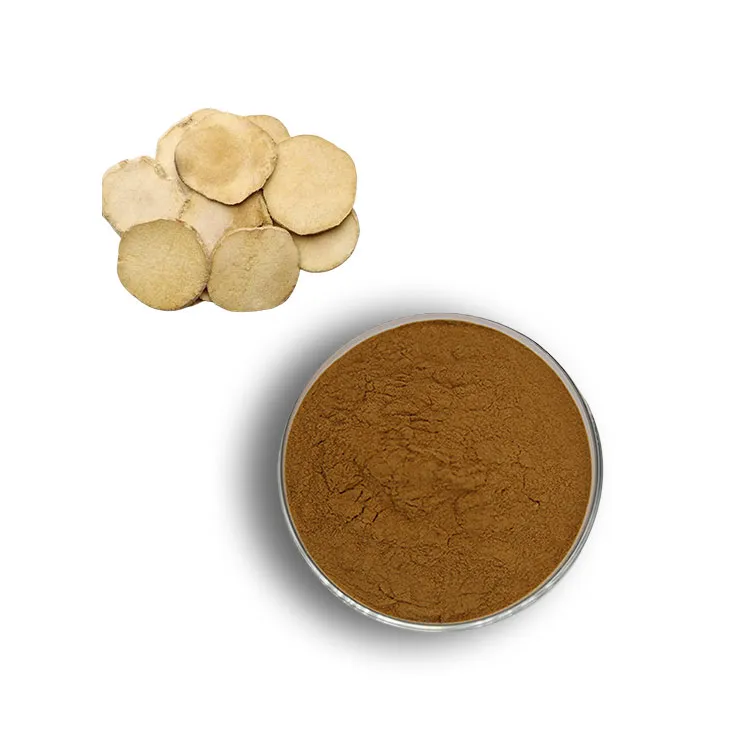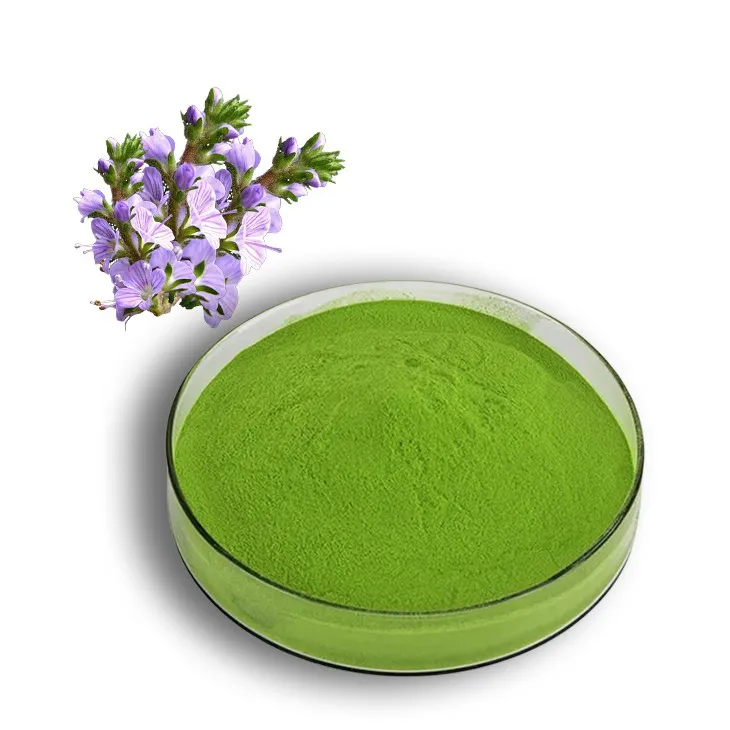- 0086-571-85302990
- sales@greenskybio.com
Science Meets Tradition: Modern Research on Buckthorn Bark Extract's Medicinal Properties
2024-07-03
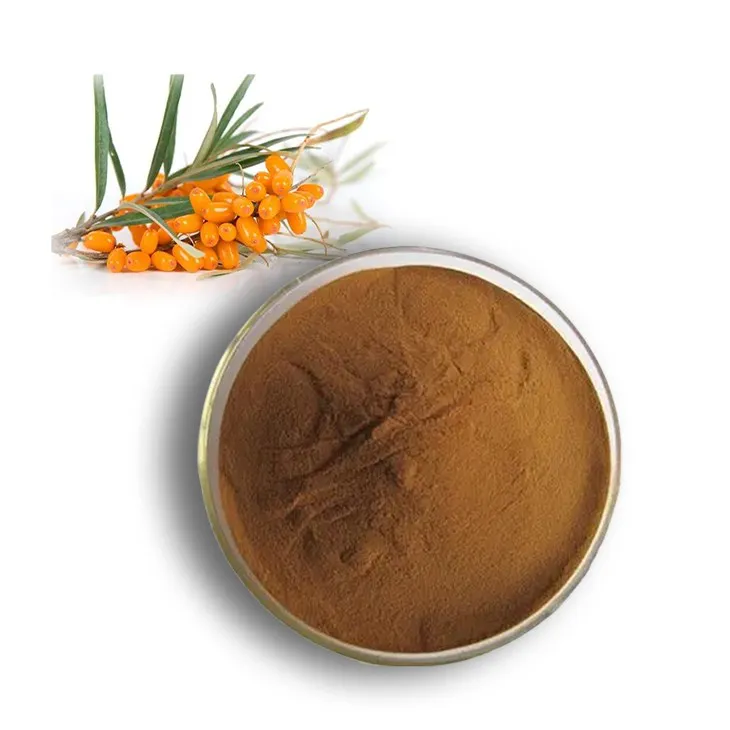
1. Introduction
Buckthorn bark extract has long been a part of traditional medicine in various cultures. For centuries, it has been used for treating a variety of ailments. However, in recent years, modern scientific research has begun to take a closer look at this traditional remedy. This exploration is driven by the potential of finding new treatments and therapies for some of the most challenging health conditions in the fields of oncology, immunology, and cardiovascular health.
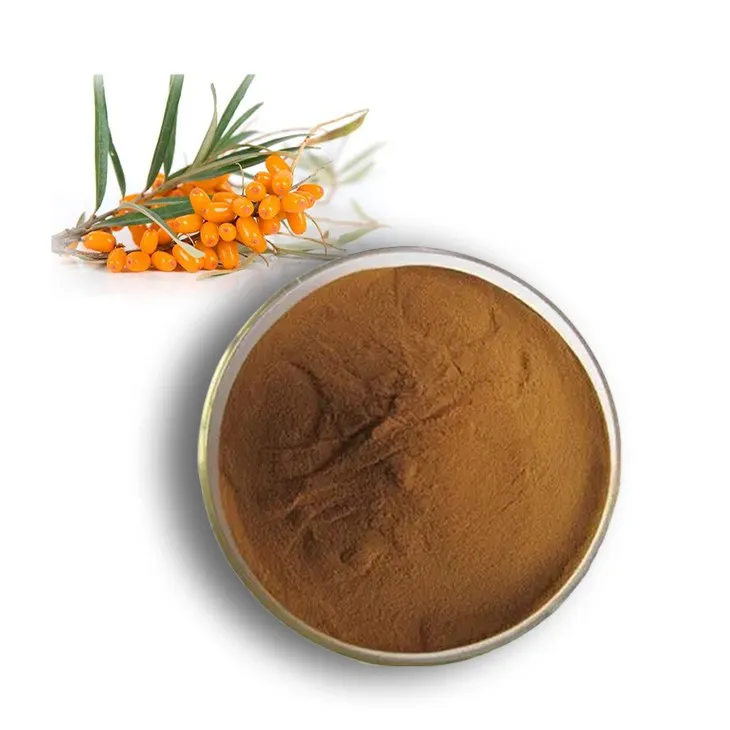
2. Buckthorn bark extract in Oncology
2.1 Anti - cancer Properties
Recent studies have suggested that Buckthorn bark extract may possess certain anti - cancer properties. Some in - vitro experiments have shown that components within the extract can inhibit the growth of cancer cells. For example, it has been observed to interfere with the cell cycle of cancer cells, preventing their uncontrolled proliferation. This is a crucial step in cancer treatment as uncontrolled cell growth is one of the hallmarks of cancer.
2.2 Mechanisms of Action
One proposed mechanism is the induction of apoptosis, or programmed cell death, in cancer cells. The extract may activate certain signaling pathways within the cancer cells that lead to self - destruction. Another mechanism could be related to its antioxidant properties. Cancer cells often generate high levels of reactive oxygen species (ROS). Buckthorn bark extract, with its antioxidant components, may neutralize these ROS, thereby reducing the oxidative stress that can promote cancer cell survival and growth.
2.3 Current Research Limitations
While these initial findings are promising, there are significant limitations in current oncology - related research on buckthorn bark extract. Most of the studies have been conducted in vitro, and there is a lack of in - vivo studies in animal models and human clinical trials. This makes it difficult to determine the true efficacy of the extract in treating cancer in living organisms.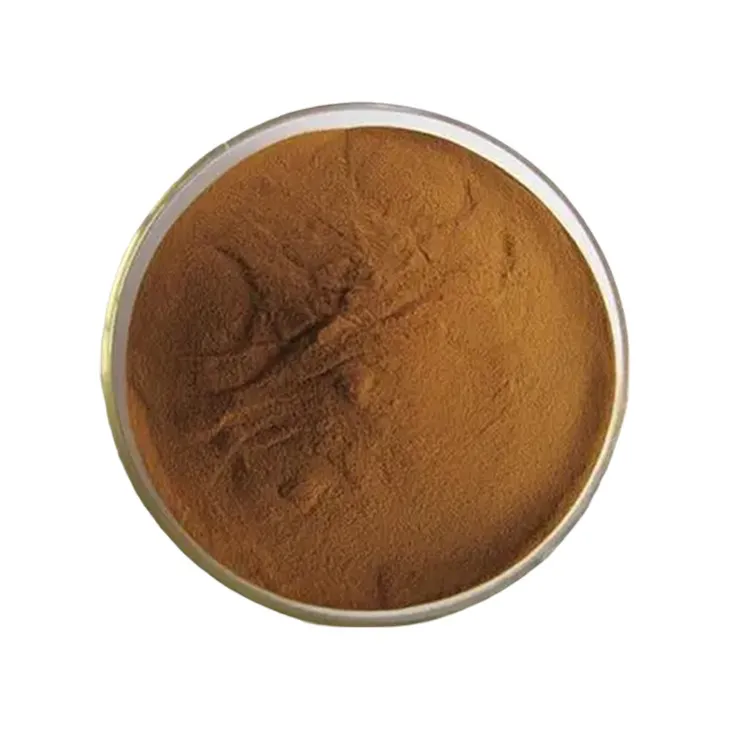
3. Buckthorn Bark Extract in Immunology
3.1 Immune - enhancing Effects
There is evidence to suggest that buckthorn bark extract can have an impact on the immune system. It may enhance the function of immune cells such as macrophages and lymphocytes. Macrophages play a crucial role in the innate immune response by engulfing and destroying foreign invaders. Lymphocytes, on the other hand, are involved in the adaptive immune response. By boosting the activity of these cells, the extract may help the body better defend against infections.
3.2 Modulation of Inflammatory Responses
Inflammation is a key aspect of the immune response. However, chronic inflammation can lead to various diseases. Buckthorn bark extract has been shown to modulate inflammatory responses. It can either suppress excessive inflammation or enhance the appropriate inflammatory response when needed. This dual - action property makes it potentially useful in treating inflammatory - related diseases such as autoimmune disorders.
3.3 Research Challenges in Immunology
One of the main challenges in studying the immunological effects of buckthorn bark extract is the complexity of the immune system itself. There are numerous cell types and signaling pathways involved, and it is difficult to isolate the specific effects of the extract on each component. Additionally, individual differences in immune responses among different people can also affect the results of the research.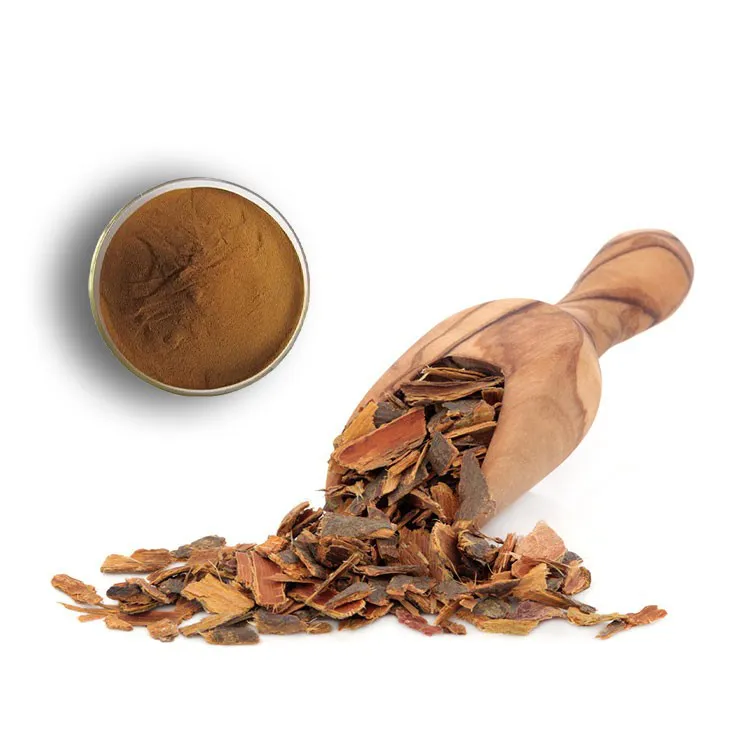
4. Buckthorn Bark Extract in Cardiovascular Health
4.1 Effects on Blood Pressure
Some research has indicated that buckthorn bark extract may have an impact on blood pressure. It may act on the blood vessels, causing them to relax and thus reducing blood pressure. This could be beneficial for individuals with hypertension, a major risk factor for cardiovascular diseases.
4.2 Cholesterol - lowering Properties
Another potential benefit in cardiovascular health is its ability to lower cholesterol levels. High cholesterol is associated with the development of atherosclerosis, which can lead to heart attacks and strokes. The extract may interfere with the synthesis or absorption of cholesterol in the body, although the exact mechanisms are still being investigated.
4.3 Cardiovascular Research Hurdles
In the field of cardiovascular research on buckthorn bark extract, one of the challenges is the need for long - term studies. Cardiovascular diseases develop over time, and short - term studies may not accurately reflect the true impact of the extract on heart health. Also, interactions with other medications commonly used for cardiovascular conditions need to be thoroughly explored.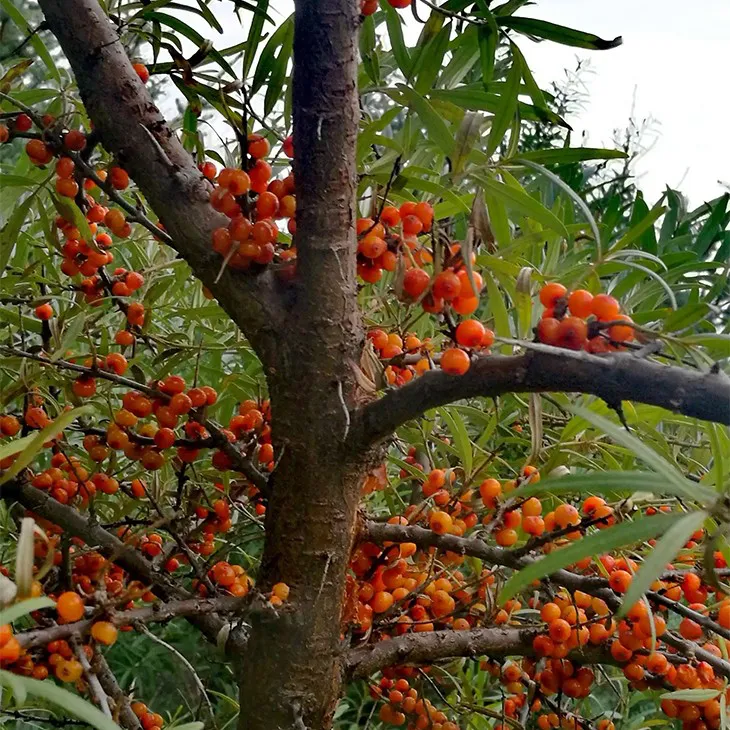
5. Challenges in Conducting Research on Buckthorn Bark Extract
5.1 Standardization
One of the major challenges in researching buckthorn bark extract is standardization. The composition of the extract can vary depending on factors such as the species of buckthorn, the part of the bark used, and the extraction method. This lack of standardization makes it difficult to compare results across different studies. For example, one study may use an extract with a high concentration of a particular compound, while another may use an extract with a lower concentration, leading to inconsistent findings.
5.2 Potential Side Effects
Although buckthorn bark extract has shown potential medicinal properties, it is also important to consider potential side effects. Some reports have suggested that in high doses, it may cause gastrointestinal discomfort such as nausea and diarrhea. There is also a concern about potential interactions with other medications. For instance, it may interfere with drugs that are metabolized by the liver, leading to altered drug efficacy or increased toxicity.6. The Promise of Buckthorn Bark Extract for the Future of Healthcare
Despite the challenges, the potential of buckthorn bark extract in healthcare is significant. If further research can overcome the current limitations, it could lead to the development of new drugs or natural supplements. For example, in oncology, it could potentially be used as an adjunct to existing cancer therapies, providing an additional line of defense against cancer cells.
In immunology, it may offer a natural alternative for modulating the immune system, especially for those with autoimmune diseases who may be looking for less toxic treatment options. In cardiovascular health, it could be a part of a comprehensive approach to preventing and treating heart diseases.
Continued research efforts are needed to fully explore the potential of buckthorn bark extract. This includes conducting more in - vivo studies, human clinical trials, and addressing the issues of standardization and potential side effects. With a combination of traditional knowledge and modern scientific research methods, the future of buckthorn bark extract in healthcare looks promising.
FAQ:
What are the potential medicinal properties of Buckthorn bark extract in oncology?
Recent studies suggest that Buckthorn bark extract may have certain anti - cancer properties. Some components in the extract might be able to inhibit the growth of cancer cells, perhaps by interfering with their cell cycle regulation or inducing apoptosis. However, more research is needed to fully understand the mechanisms and its potential use in cancer treatment.
How does Buckthorn bark extract affect immunology?
There is evidence indicating that Buckthorn bark extract could play a role in immunology. It may modulate the immune system, for example, by enhancing the activity of certain immune cells like macrophages or lymphocytes. This modulation might help the body better defend against infections or diseases related to immune dysfunction, but the exact pathways and long - term effects are still being explored.
What is the significance of Buckthorn bark extract in cardiovascular health?
Buckthorn bark extract may have implications for cardiovascular health. It could potentially affect blood pressure regulation, lipid metabolism, or have anti - inflammatory effects in the cardiovascular system. For instance, it might help in reducing cholesterol levels or preventing the formation of atherosclerotic plaques. But again, more in - depth research is required to confirm these effects and understand the underlying mechanisms.
What are the challenges in standardizing research on Buckthorn bark extract?
One of the main challenges in standardizing research on Buckthorn bark extract is the variability in the composition of the extract. Different extraction methods, sources of the bark, and even growing conditions of the Buckthorn plant can lead to differences in the chemical composition of the extract. This makes it difficult to compare results across different studies and to establish consistent dosages and treatment regimens.
What are the potential side effects of Buckthorn bark extract?
Although Buckthorn bark extract has shown potential medicinal properties, there may be potential side effects. Some people may experience gastrointestinal discomfort such as nausea, vomiting, or diarrhea. There could also be allergic reactions in certain individuals. Additionally, since the extract may interact with medications or have long - term effects on the body that are not yet fully known, caution should be exercised when using it.
Related literature
- Medicinal Properties of Buckthorn Bark Extract: A Comprehensive Review"
- "Modern Research Approaches to Buckthorn Bark Extract in Healthcare"
- "Buckthorn Bark Extract: Unraveling its Potential in Oncology and Immunology"
- ▶ Hesperidin
- ▶ citrus bioflavonoids
- ▶ plant extract
- ▶ lycopene
- ▶ Diosmin
- ▶ Grape seed extract
- ▶ Sea buckthorn Juice Powder
- ▶ Beetroot powder
- ▶ Hops Extract
- ▶ Artichoke Extract
- ▶ Reishi mushroom extract
- ▶ Astaxanthin
- ▶ Green Tea Extract
- ▶ Curcumin Extract
- ▶ Horse Chestnut Extract
- ▶ Other Problems
- ▶ Boswellia Serrata Extract
- ▶ Resveratrol Extract
- ▶ Marigold Extract
- ▶ Grape Leaf Extract
- ▶ blog3
- ▶ Aminolevulinic acid
- ▶ Cranberry Extract
- ▶ Red Yeast Rice
- ▶ Red Wine Extract
-
Beta Carotene
2024-07-03
-
Ginseng Root Extract
2024-07-03
-
Cactus Extract
2024-07-03
-
Centella Asiatica Extract
2024-07-03
-
Soy Extract
2024-07-03
-
Pueraria Lobata Extract
2024-07-03
-
Cocoa Extract
2024-07-03
-
Mango flavored powder
2024-07-03
-
Alisma Extract
2024-07-03
-
Alfalfa Meal
2024-07-03











